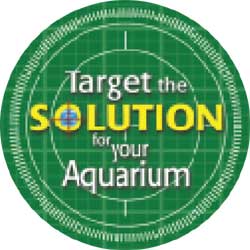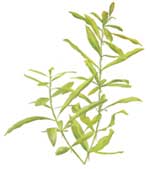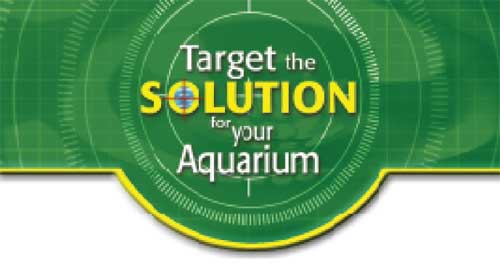
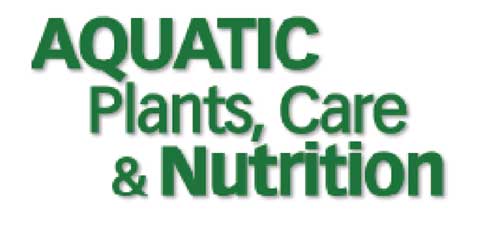
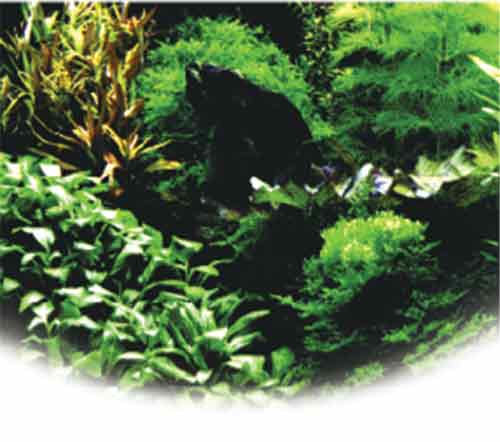
| Aquatic Plant Care & Nutrition |
|
A key component to a balanced, healthy aquarium, aquatic plants provide many benefits. Plants:
|
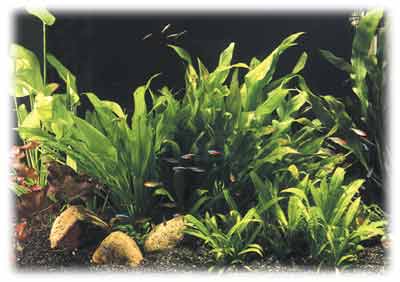
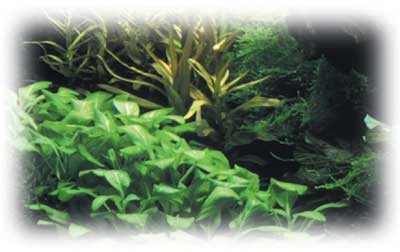
| Purchasing Aquatic Plants |
|||
When purchasing aquatic plants, there are several important points to consider: |
|||
|
|||
|
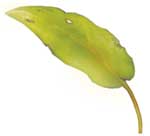 |
||
|
 |
||
|
|||
|
 |
||
| Proper Nutrition for Plants |
|
The need for effective supplementation of micro-nutrients, such as iron, is well documented. It is quite common to measure iron values of close to zero in tap water. New aquariums, especially those which are populated with dense plantings of rapid growing aquatic plants, require the addition of Nutrafin Plant Gro Iron Enriched. Furthermore, there can be a lack of macro-nutrients such as nitrogen, phosphate, and potassium in newly established, densely planted aquariums. Nutrafin Plant Gro NPK provides controllable supplementation. Plants rapidly absorb nutrients, especially where optimal lighting levels and CO2 injection stimulate growth. Major plant nutrients, such as nitrogen, phosphorus and potassium are essential for plant growth. Aquariums that contain significant populations of fish generally contain an adequate source of nitrogen and phosphorus. However, aquariums which feature emphasis on aquatic plants require attention with respect to adequate levels of the major nutrients. |
|
It is recommended to test phosphorus and nitrate levels and maintain low levels using Nutrafin Plant Gro NPK to ensure availability of these essential nutrients. |
 |
Micro-nutrients, which are necessary in trace amounts, are involved in various metabolic and enzymatic functions within plants. Iron is the micro-nutrient required at the greatest concentration. Therefore, regular testing (using A-7835, Nutrafin Iron Test Kit) will ensure the proper level. The iron present in Nutrafin Plant Gro Iron Enriched is chelated, which ensures availability and safety under a variety of aquarium conditions. Nutrafin Plant Gro Iron Enriched contains a properly balanced combination of other essential micro-nutrients in trace amounts, providing plants with a key element for optimal growth and condition. Manganese and zinc, for example, are key micro-nutrients important for the process of photosynthesis. |
|
SUGGESTED AQUATIC PLANTS: Respecting the basic information provided here will
help provide hobbyists with a useful foundation for success with aquatic plants. The presence of plants in a
properly maintained display will contribute to a full appreciation of the aquatic hobby. The following list of
aquatic plants serves as a guide for species which flourish in tropical aquariums. These species are tolerant
of a variety of temperature, light and water conditions: |
||||
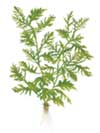 |
Hygrophila Difformis (Wisteria): Grows rapidly, recommended for new aquariums, rapidly absorbs mico-nutrients, Nutrafin Plant Gro Iron Enriched strongly recommended. |
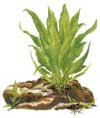 |
Microsorium pteropus (Java Fern): Attaches to driftwood or rocks, flourishes in low to high light and at various pH and hardness values. |
|
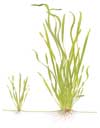 |
Vallisneria spiralis: Suggested for background placement, good choice for new installations & hardwater aquariums. |
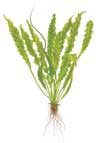 |
Aponogeton crispus: Attractive olive green color, rapid growth. |
|
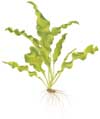 |
Aponogeton ulvaceus: Suited for tanks 30 U.S. gal. & up, rapid growth. |
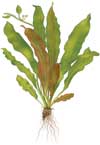 |
Echinodorus osiris: Excellent feature plant, provides red colored leaves, suited to 30 U.S. gal. tanks & up. |
|
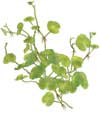 |
Hydrocotyle leucocephala (Pennywort): Can be used as a floating plant, provides refuge for fry (babies), grows rapidly. |
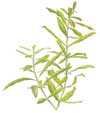 |
Hygrophila polysperma (Hygro): Extremely hardy, recommended for new aquariums. |
|
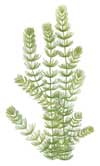 |
Ceratophyllum demersum (Hornwort): Rapid growing, typically a floating plant, good choice for bowls. |
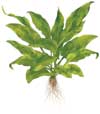 |
Cryptocoryne wendtii: Plant in groups, mid-ground placement, grows rapidly, provides brownish leaves. |
|
 |
Anubias barteri (nana): Suggested for foreground and attaching to driftwood (slow growth). |
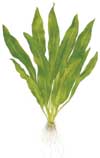 |
Echinodorus bleheri (Amazon Sword): Excellent feature plant, needs room, responds well to regular pruning. |
|
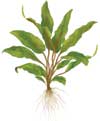 |
Cryptocoryne walkeri: Plant in groups in the foreground, grows rapidly once established. |
|||
PLANTING TIPS
|
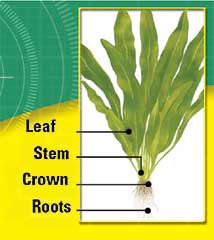 |
|
|
PLANT MAINTENANCE TIPS
|
|
|
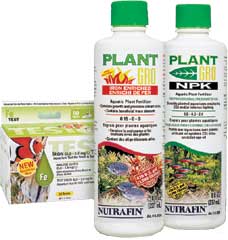 |
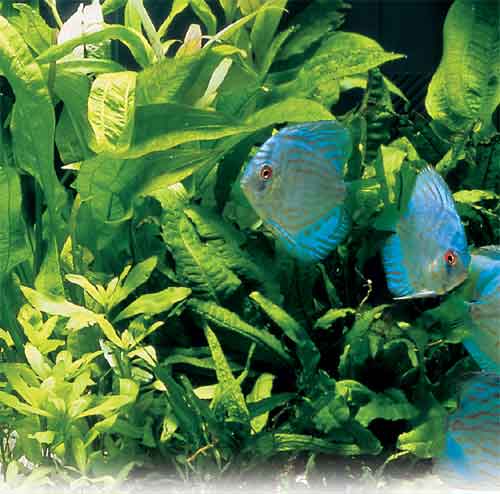
NUTRAFIN
Test kits and liquid solutions for
aquatic hobbyists

